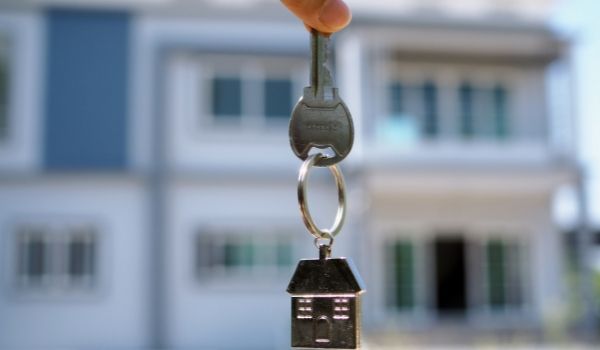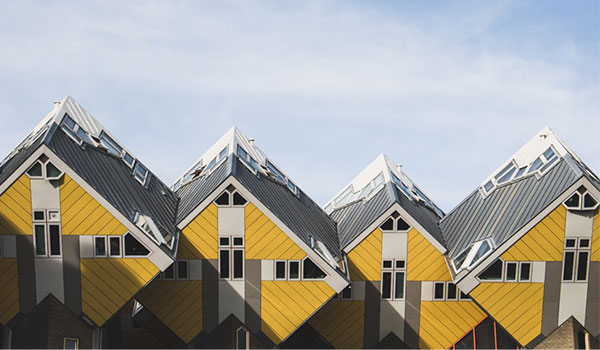What you Need to Know About a VvE
Categories: Housing,Latest News
If you buy an apartment in the Netherlands, you will have to send money every month to the VvE, the mysterious-sounding Vereniging van Eigenaren – or homeowners association. Here’s what you need to know about the VvE.
If you live in an apartment you have bought, you technically own a share in the building, and the VvE represents all the owners in a property or block. A big property may have 10, 20, or even 100 owners, a smaller one just two or three. But no matter how many owners there are, the roof and the foundations are shared by all – that means they are all responsible for the costs of repairs to the exterior and communal areas of the property.
When you buy a property, you automatically become a member of your building’s VvE. Your VvE will have a board elected according to the VvE’s statutes. Once the VvE decides, everyone in the building has to stick to it, whether you agree or not. If a majority of members vote to increase the monthly fee or paint the window frames bright yellow, you have no choice but to go along.

Rules
Your rights and obligations as an owner are included in the legal documents, which describe how your building has been divided up – the splitsingsakte and the splitsingsreglement.
“The VvE may also have a policy on renting out your home using a platform like Airbnb, on garden maintenance, or noisy floors. That will all be included in the house rules, or huishoudelijk reglement,” points out José de Boer of FVB de Boer Financial Consultants.
A VvE must meet at least once a year and keep proper minutes. So you should look at the VvE’s recent annual reports (jaarcijfers) and the minutes of recent meetings (notulen) to see if it is financially secure. Your VvE should also have a reserve fund to pay for emergency repairs and general maintenance. Some VvEs contract the property management work out to a private company – but this is usually the case with larger properties with complex requirements, such as lifts.
How much you will pay to the VvE depends on the property’s age, how well it has been maintained, and what sort of facilities there are for communal use, such as a garden or car park. The VvE is also responsible for the building’s home insurance policy, which will also be included in the fee.

Costs
There are no formal rules about how much you will pay; think around €100 a month for a modest apartment in a small block. You may have to pay more if your apartment is in a listed building or has additional facilities.
“It is really important to check out who is running the VvE and how much money is in its reserves,” says José. “If the reserves are big enough, you won’t be called on to make a sudden investment if something needs doing unexpectedly – say if a storm brought down that dead tree and hit the back wall.”
For example, a VvE might have, for example, €10,000 set aside for maintenance, which is fine if you are in a block with three apartments, but not if you are in one with 20. And if the roof needs dealing with and there is no money in the kitty, everyone on the property will have to pay up – whether they live on the top floor or not.
For more information about buying a house in Amsterdam or anywhere else in the Netherlands, feel free to contact José directly.
